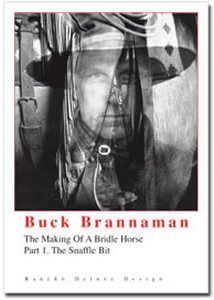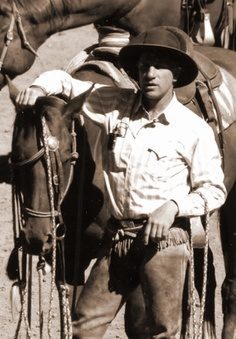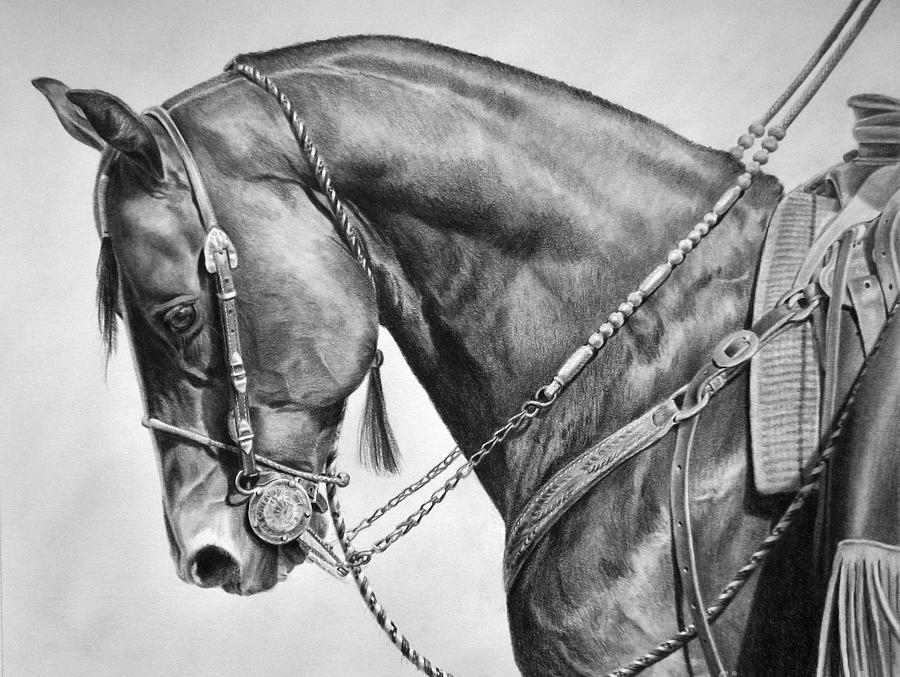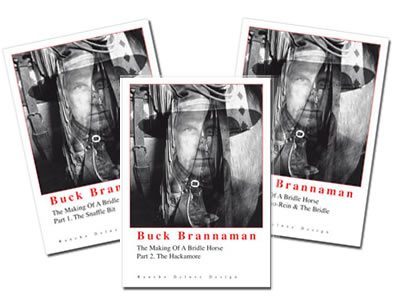It is a three-DVDs set edited in the early 90’s. Three DVDs for three steps: riding in a snaffle bit, riding in a hackamore, and finally riding in two-reins to end with a bridle horse.
Table of Contents
The Making of a Bridle Horse is a set of three DVDs: the first part describes the education of a young horse in a snaffle bit, the second part deals with the intermediary level in a hackamore, and the third part presents the two-rein horse that will eventually become a bridle horse.
In short: great DVDs, but definitely not for beginners! Buck Brannaman gives a short (total three hours) presentation of the complete education process of a bridle horse. It is very interesting to see different horses at different levels and this horseman’s skills are always a great pleasure to admire.
DVD 1 – The Snaffle Bit
This first DVD starts the series with some basic principles about equipment and how to bridle a horse. There are a few words about groundwork, but Buck Brannaman mostly refers to another DVD (actually that was a tape) he edited a couple of decades ago dealing with this groundwork: Lunging, Full and Half circle, Backing Up, etc. Then, he has a few considerations about how to get on a horse, and the first exercises to perform: Lateral flexion and Soft Feel.
For those who already watched the 7 Clinics or have read a little more on this web site, most of the information contained in the DVD is no surprise as we go through all the basic manoeuvres on a walk and a trot, such as the Seat Stop, untracking the hindquarters, sending the front through, etc. There is a chapter that is quite interesting though as it is not covered by the 7 Clinics: Loping. Here, Buck Brannaman gives more details on how to manage the canter on a green horse: simple lead changes, stops, flying changes, counter canter, and gallop. He explains how untracking the hindquarters is the first step to the leg-yield which will help us to take the good lead when we lope the horse, “simply” by applying pressure with the opposite leg and rein before striking the canter…
Finally, Buck Brannaman insists on the fact that all this work can _ and actually should _ be done outdoors, where the horse belongs.


DVD 2 – The Hackamore
As for the previous DVD, this one starts with considerations about the equipment and its adjustment to the horse. Later, we are explained that all the basic manoeuvres will be exactly the same as with a bit. We should adapt our riding to the new feeling of the horse, as the reins apply pressure under the chin and not from the cheeks anymore. So, the rider should spread the hands, and work sideways at the beginning, sometimes experiencing frustration as the beginning can be quite difficult. Yet, that is a stage to go through to get to a better and more refined horsemanship.
Most of the exercises are much better described in the 7 Clinics, and do not need explanation. Still Buck Brannaman distillates some extra details to help us with the canter, and the lead changes. An important remark is that we should not start to work flying changes before we have repeated hundreds or thousands of simple changes, as the horse may otherwise drop his shoulder in the process.
DVD 3 – The Two-Rein & the Bridle Horse
As usual, Buck Brannaman describes the equipment, which is very interesting as he explains the traditional way of bridling horses in the Vaquero style. Even those who are not western riders can appreciate the quality of the equipment and the history behind it.
It is then a repetition of all the basic manoeuvres previously described, yet the riding method differs as the horseman or horsewoman should deal with two sets of reins first (hackamore and bridle), and eventually should ride in one hand only when the horse reaches his last stage of education. Buck Brannaman concludes this DVD with a brilliant demo of riding a bridle horse, then cutting and roping cows from his back.

Conclusion: A California Vaquero lesson for all
As a conclusion, despite the vaquero-style of Buck’s riding, the information and advises he gives us all along the DVDs are very valuable to any rider, and to any discipline. For those who are not particularly fond of western riding, the first DVD is a great source of information and could be watched without the others. Yet, I strongly advise anyone interested by this set of DVDs to watch the 7 Clinics first, as it is necessary to go through some groundwork before3 attempting to master all the basic manoeuvres which are shown but not explained in The Making of a Bridle Horse. My personal opinion _ even though I am not a cowboy _ is that I’d love to bring my horse to that level of refined riding. I think there is no reason not to want the best when riding horses and if that is not the best, it’s certainly not far from it!
